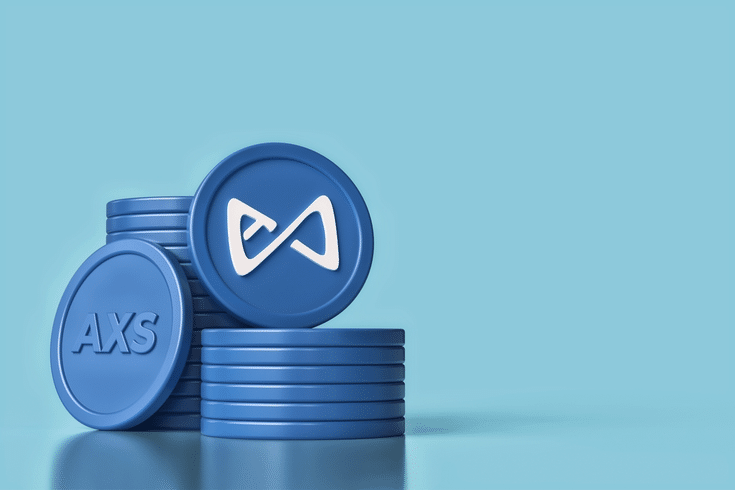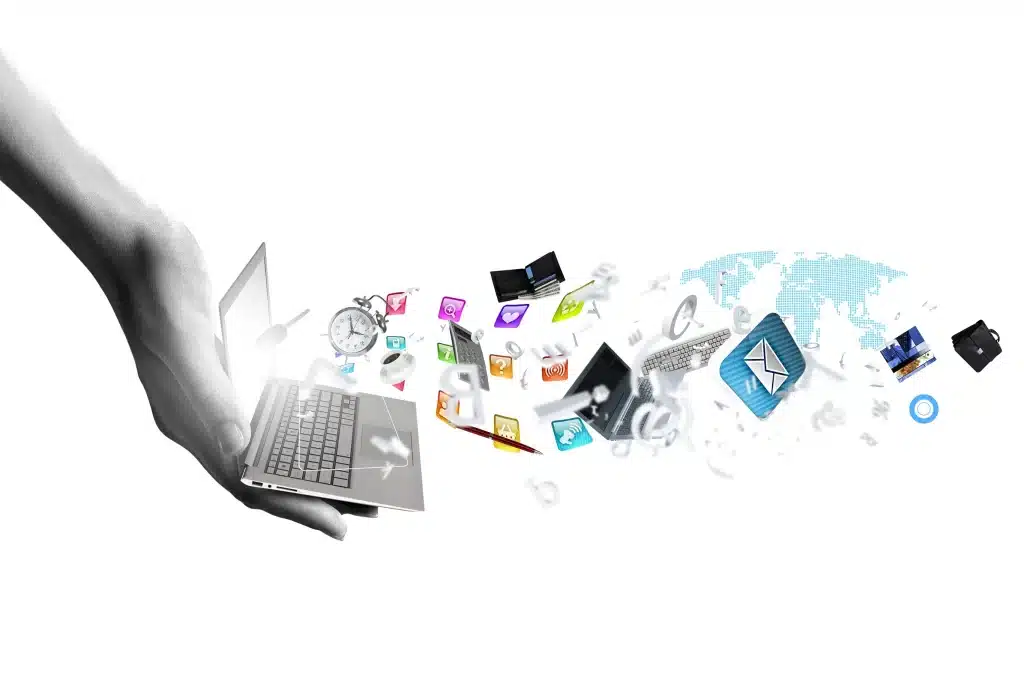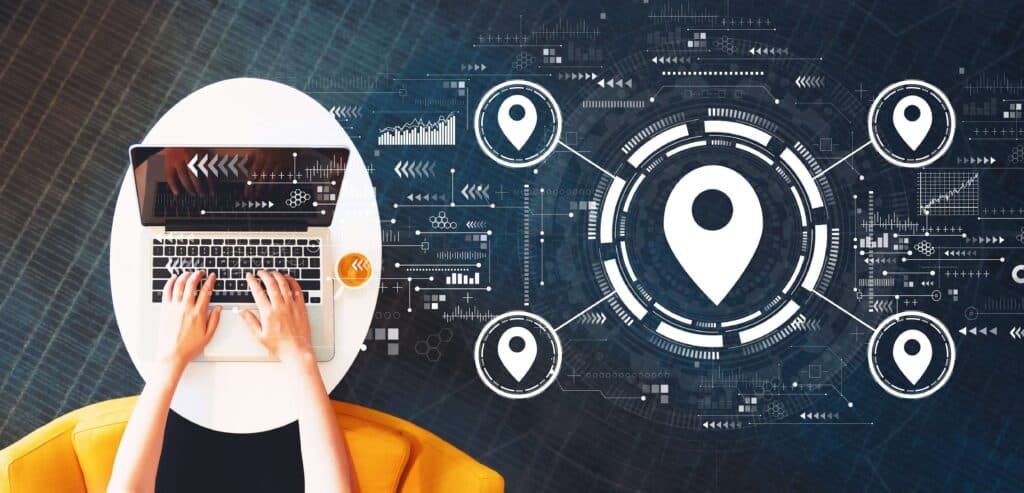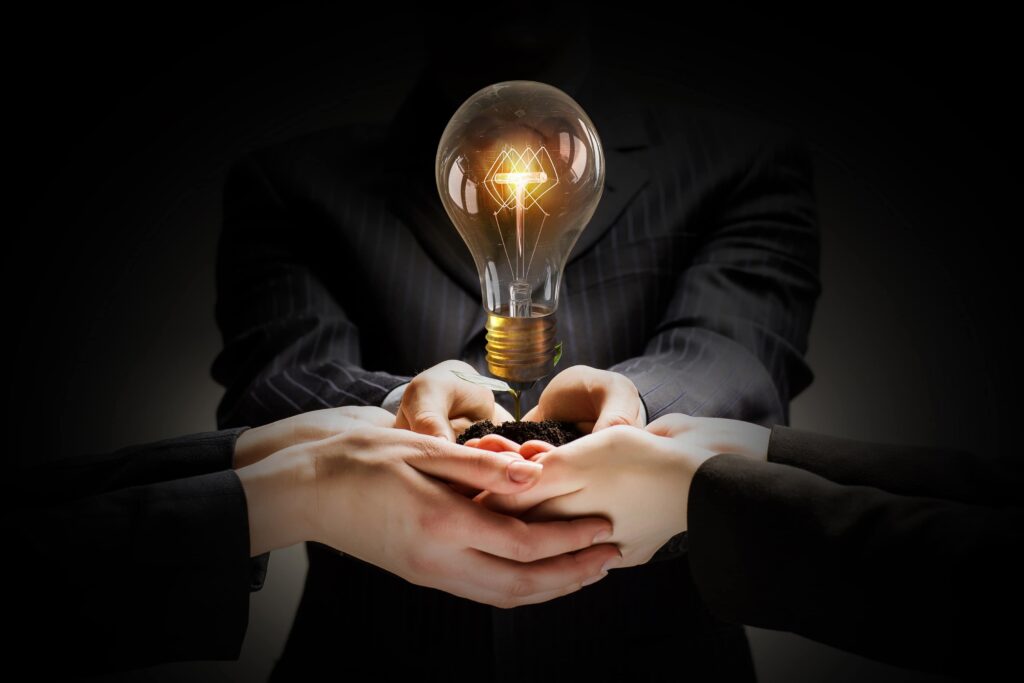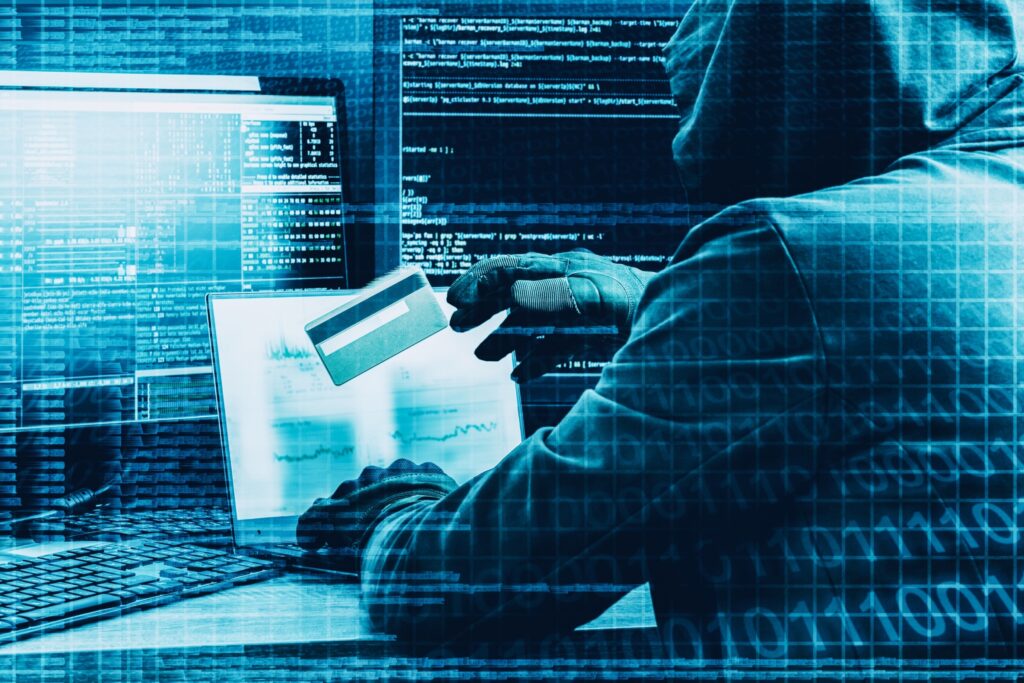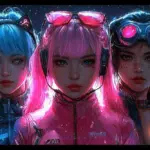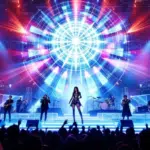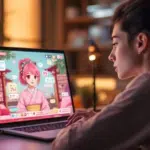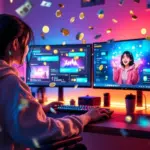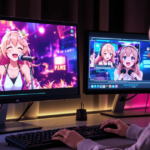What are the Copyright Law Issues Related to IT Systems (such as Software)?
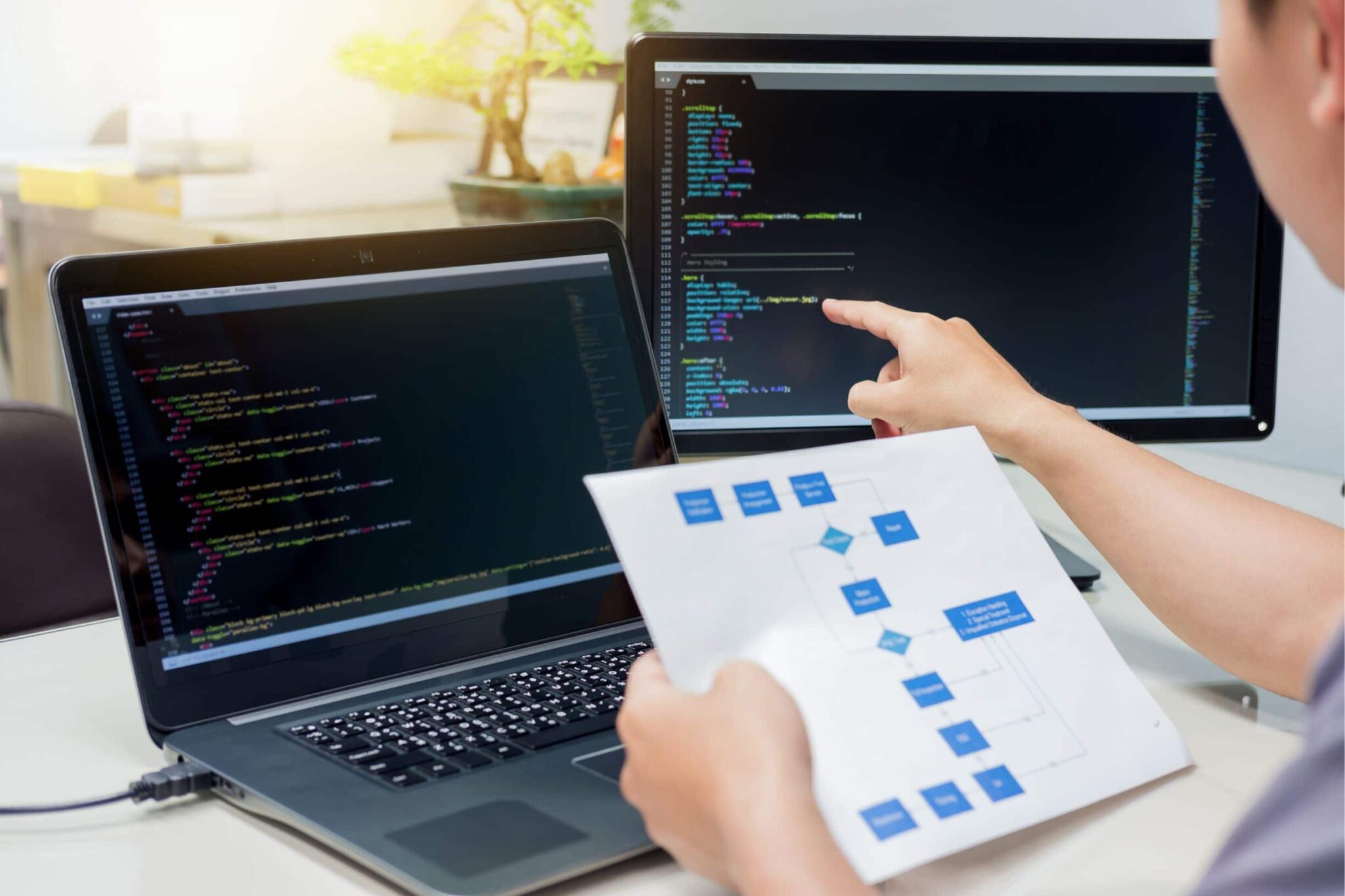
Many of the legal issues that arise in the development of IT systems (including software) revolve around project ‘flames’. In such cases, the main points of contention often involve what each party should do to facilitate the project, such as ‘project management obligations’ and ‘user cooperation obligations’.
However, we must not forget about legal issues related to intellectual property, including copyrights. In this article, we will explain the copyright issues for each process and component of IT system development projects, and provide an overview of the entire field.
How Software and Other IT Systems Relate to Copyright
What is Copyright Law?
The purpose of the establishment of copyright law can be referred to in the purpose provision of Article 1 of the Copyright Law (a clause that explains the purpose of the law).
Article 1
This law aims to define the rights of authors and rights related to performances, records, broadcasts, and cable broadcasts, and while paying attention to the fair use of these cultural properties, it aims to protect the rights of authors and contribute to the development of culture.
According to Article 1, it can be said that this is a law that grants certain rights to the authors who created the works, protects the rights of the authors, and aims for the “development of culture” as a whole society. In other words, it aims to maintain a good balance between the protection of individual authors’ rights and the promotion of the use of works in society as a whole.
Also, as for the subjects to which copyright is granted, they are exemplified in Article 10 of the Copyright Law. As it is clearly stated in No. 9 as “program works”, it is naturally recognized that copyright is granted even in the development of IT systems such as software. Therefore, legal issues related to copyright can naturally occur in businesses such as IT system development.
Article 10, Paragraph 1
The works referred to in this law are generally as follows.
1. Novels, scripts, theses, speeches and other linguistic works
2. Musical works
3. Dance or pantomime works
4. Paintings, prints, sculptures and other works of art
5. Architectural works
6. Maps or drawings, diagrams, models and other graphic works of a scholarly nature
7. Cinematographic works
8. Photographic works
9. Program works
What Does It Mean for Rights to Extend to Works?
So, what kind of effect does it have when copyright is granted? If you have copyright, you can reproduce (Article 21 of the same law), publicly transmit (distribute via the Internet) (Article 23, Paragraph 1 of the same law), transfer (Article 27 of the same law), etc. On the other hand, if a person who does not have copyright performs the above actions, it is considered an infringement of copyright, and you can pursue an injunction (Article 112 of the same law) and civil liability for tort (Article 709 of the Civil Code).
Like other property rights and claims, it is naturally assumed that copyright can be transferred or assigned.
- There are legal issues disputing the existence or non-existence of copyright and the fact of its transfer
- There are legal issues disputing whether or not there is an infringement of rights (copyright infringement) against the right holder in copyright
It is necessary to understand these two points.
Structure of IT Systems as Works
By the way, not only the content of the copyright law, but also organizing the IT system and its development process is effective for understanding this area. An IT system is a collection of computer languages such as programming languages, and software is also part of the IT system.
If you divide the IT system into its components, you can think of it as being divided into three elements: “screen”, “program”, and “database”. The issue of copyright of IT systems is developed for each of these three elements.
Legal Issues Surrounding Copyright in IT Systems
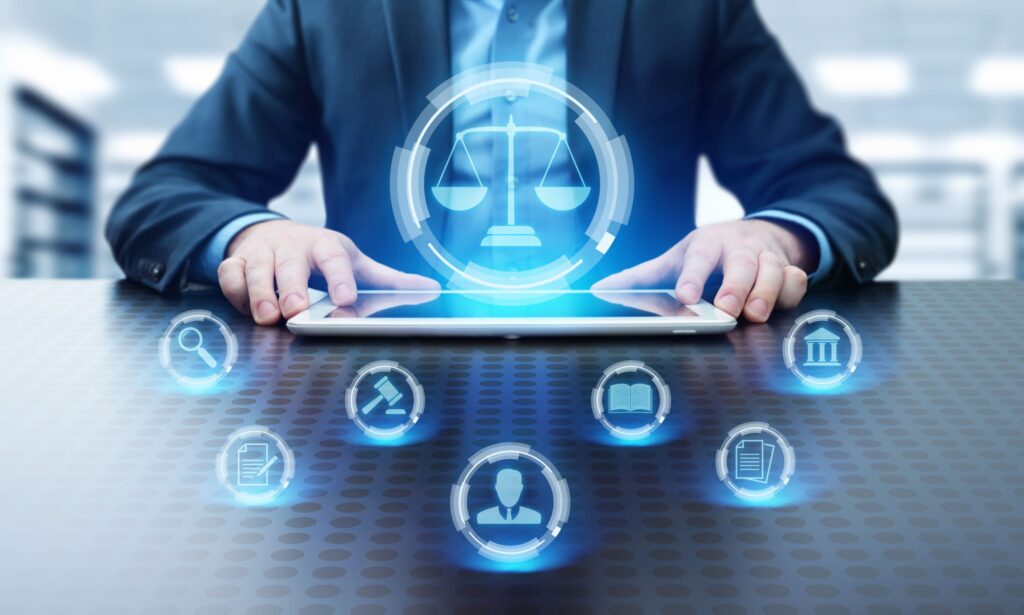
With the above in mind, let’s take a look at the overall picture of copyright issues related to IT systems.
Issues Spanning the Entire IT System
Disputes Regarding the Existence of Rights
The first dispute is about the “existence” of rights. In other words, it’s a type of trouble where whether or not copyright exists in the first place or whether there has been a transfer of copyright is disputed. We provide a detailed explanation of this in the following article.
https://monolith.law/corporate/copyright-for-the-program-source-code[ja]
In this article, we explain how to determine who initially acquires the copyright (referred to as “original acquisition” in legal terms) and how to verify whether or not a copyright transfer has occurred.
Disputes Regarding Whether Copyright Infringement Applies
There are also disputes about copyright infringement. In other words, it’s a dispute about what can be done if there is a copyright, or what cannot be done if there is no copyright. For example, whether two similar works can be said to have been “just referenced” or whether they can be said to be “plagiarized”. We provide a detailed explanation of this in the following article.
https://monolith.law/corporate/copyright-infringement-relatedtothe-program[ja]
In this article, we explain how courts determine whether or not copyright infringement has occurred, using the source code of a program as an example.
The above copyright issues are divided into three layers: “screen”, “program”, and “database”. By organizing the personalityistics of each of these three under copyright law, you can grasp the entire field.
Copyright Protection for Screens and UI
Copyright is also recognized for screen layouts and UI (User Interface). However, there are not many cases where copyright infringement is recognized for the appearance of IT systems. This is because the appearance and layout necessary to enable certain functionality and operability tend to be similar.
It is very difficult to be recognized as “plagiarizing someone else’s work” for the appearance of an IT system, and it can be said that most of the time, the conclusion is that “common expressions have been individually adopted”. Unless it is so similar that it is imitating exactly, it is unlikely that the court will recognize copyright infringement.
Copyright Protection for Programs
Copyright is also recognized for source code created under a software development contract. According to precedents, the copyright of the source code belongs to the company that developed the software, and a separate agreement in writing or the like is required to transfer the copyright.
The copyright of the source code in question can be recognized as originally belonging to the defendant (note by the person quoting: software development company).
On the other hand, (omitted) there is no document exchanged between the plaintiff (note by the person quoting: software development outsourcing company) and the defendant that stipulates the transfer of the copyright of the software or the source code in question.
(omitted)
Based on the above, it cannot be recognized that the defendant agreed to transfer or deliver the copyright of the source code in question to the plaintiff, and rather, it is appropriate to recognize that there was no such agreement.
Osaka District Court, June 12, 2014 (Heisei 26)
For a detailed explanation of the copyright issues of program source code, see the following article.
https://monolith.law/corporate/copyright-for-the-program-source-code[ja]
In cases where program copyright infringement is disputed, the following are important points:
- How much matching or similar parts are there (quantity)
- Whether the matching or similar parts can be creative (quality)
Even if there are matching or similar parts, if it is considered that there are no other creative means, such as generic functions, it will not be considered copyright infringement.
For a detailed explanation of the copyright issues of the program, see the following article.
https://monolith.law/corporate/copyright-infringement-relatedtothe-program[ja]
Copyright Protection for Databases
Copyright is also recognized for things like the table structure of a database. However, the hurdle for recognizing copyright infringement for databases is high, and it is not often recognized. In order to consider the structure of the database itself as a “work”, a detailed systematicity is required. In other words, unless it is a database of a certain scale and is detailedly designed, it will be recognized as “each has adopted a common expression”, and there are few cases where it is recognized that “one has plagiarized the other = infringed copyright”.
Although copyright is recognized for databases, copyright is not recognized for the “data” itself in the database. Data is not a work, but is considered abstract “information”. Therefore, no matter how rare and valuable the data is, it is not protected by copyright law.
If you suffer damage due to data theft, you will need to consider whether it constitutes a civil tort, not copyright infringement.
Summary
The above is an overview of copyright issues, assuming the overall picture of IT systems such as software. It should be noted that the existence of copyright and the determination of infringement do not depend on the artistic value or the degree of completion as a work. Understanding is also required for the point that there are cases where the degree of similarity, including bugs and specification errors, determines the success or failure of copyright infringement.
It can be said that the difficulty of copyright issues in the legal field lies in the need to discuss the existence of creativity from a perspective different from that of creators and engineers.
Category: IT
Tag: ITSystem Development

